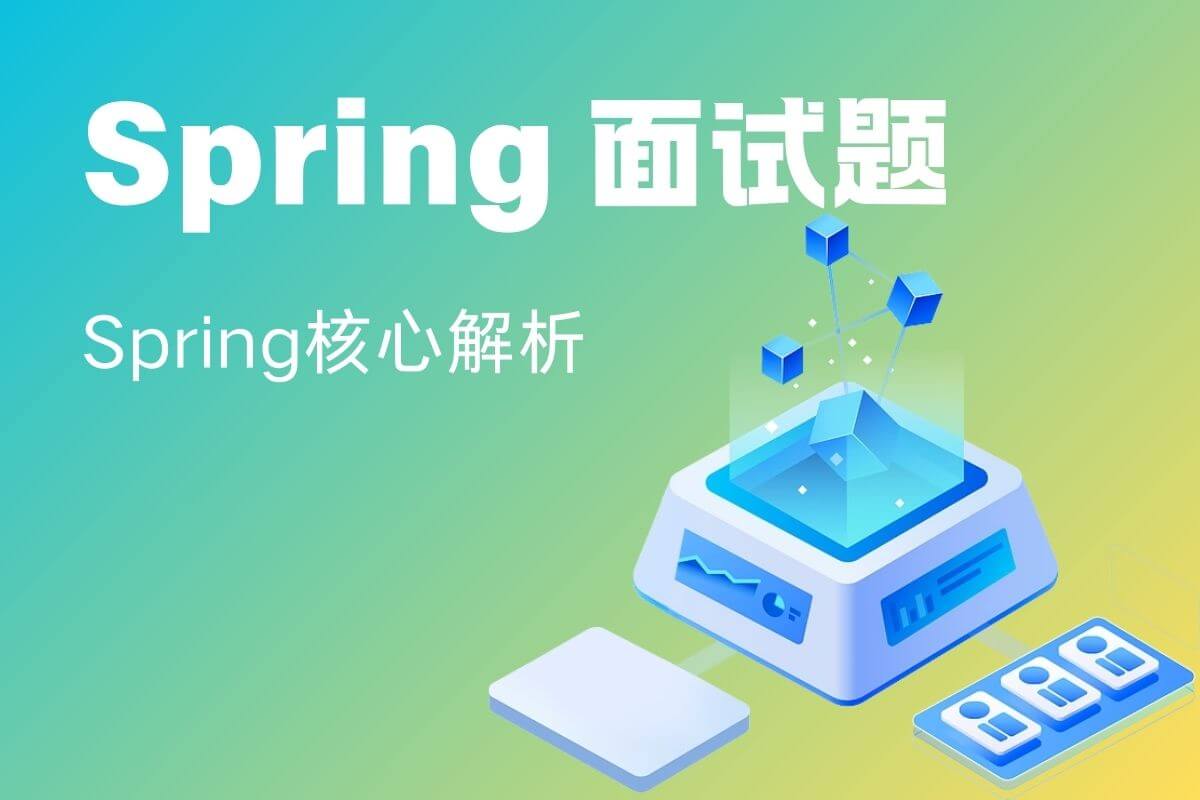Spring MVC 中的 父子容器 是一种容器层次结构的设计,主要用于 Web 应用程序中。它由两个容器组成:
- 父容器:通常是
ApplicationContext,负责管理业务逻辑层的 Bean(如 Service、Repository 等)。 - 子容器:通常是
WebApplicationContext,负责管理 Web 层的 Bean(如 Controller、视图解析器等)。
父子容器的关系
- 父容器 是 子容器 的父级,子容器可以访问父容器中的 Bean,但父容器不能访问子容器中的 Bean。
- 这种设计实现了 分层管理,将业务逻辑和 Web 层逻辑分离,提高了代码的模块化和可维护性。
父子容器的配置
在 Spring MVC 中,父子容器的配置通常是通过 DispatcherServlet 和 ContextLoaderListener 来实现的。
1. 父容器
- 通过
ContextLoaderListener加载,通常配置在web.xml中。 - 父容器加载的配置文件通常是
applicationContext.xml,用于管理业务层的 Bean。
<context-param>
<param-name>contextConfigLocation</param-name>
<param-value>classpath:applicationContext.xml</param-value>
</context-param>
<listener>
<listener-class>org.springframework.web.context.ContextLoaderListener</listener-class>
</listener>2. 子容器
- 通过
DispatcherServlet加载,每个DispatcherServlet都有自己的子容器。 - 子容器加载的配置文件通常是
spring-mvc.xml,用于管理 Web 层的 Bean。
<servlet>
<servlet-name>dispatcher</servlet-name>
<servlet-class>org.springframework.web.servlet.DispatcherServlet</servlet-class>
<init-param>
<param-name>contextConfigLocation</param-name>
<param-value>classpath:spring-mvc.xml</param-value>
</init-param>
<load-on-startup>1</load-on-startup>
</servlet>
<servlet-mapping>
<servlet-name>dispatcher</servlet-name>
<url-pattern>/</url-pattern>
</servlet-mapping>父子容器的工作机制
- 父容器 先启动,加载业务层的 Bean(如 Service、DAO 等)。
- 子容器 启动时,会检查是否存在父容器。如果存在,子容器会将父容器作为自己的父级。
- 子容器加载 Web 层的 Bean(如 Controller、视图解析器等),并可以访问父容器中的 Bean。
父子容器的优点
- 分层管理:将业务逻辑和 Web 层逻辑分离,便于维护和扩展。
- Bean 的隔离:子容器可以定义与父容器同名的 Bean,子容器的 Bean 会覆盖父容器的 Bean,但仅限于子容器内部。
- 资源共享:子容器可以访问父容器的 Bean,避免了重复定义。
注意事项
- 避免重复定义 Bean:如果父容器和子容器中定义了同名的 Bean,可能会导致混淆或错误。
- 依赖注入问题:子容器中的 Bean 可以注入父容器中的 Bean,但父容器中的 Bean 不能注入子容器中的 Bean。
- 性能问题:父子容器的层次结构可能会增加启动时间和内存消耗。
总结
Spring MVC 的父子容器是一种分层设计,通过 ContextLoaderListener 和 DispatcherServlet 实现:
- 父容器:管理业务层的 Bean。
- 子容器:管理 Web 层的 Bean,并可以访问父容器的 Bean。
这种设计提高了代码的模块化和可维护性,但在使用时需要注意 Bean 的命名和依赖注入问题。
THE END



暂无评论内容